Updated: Oct 04, 2023 By: Dessign Team
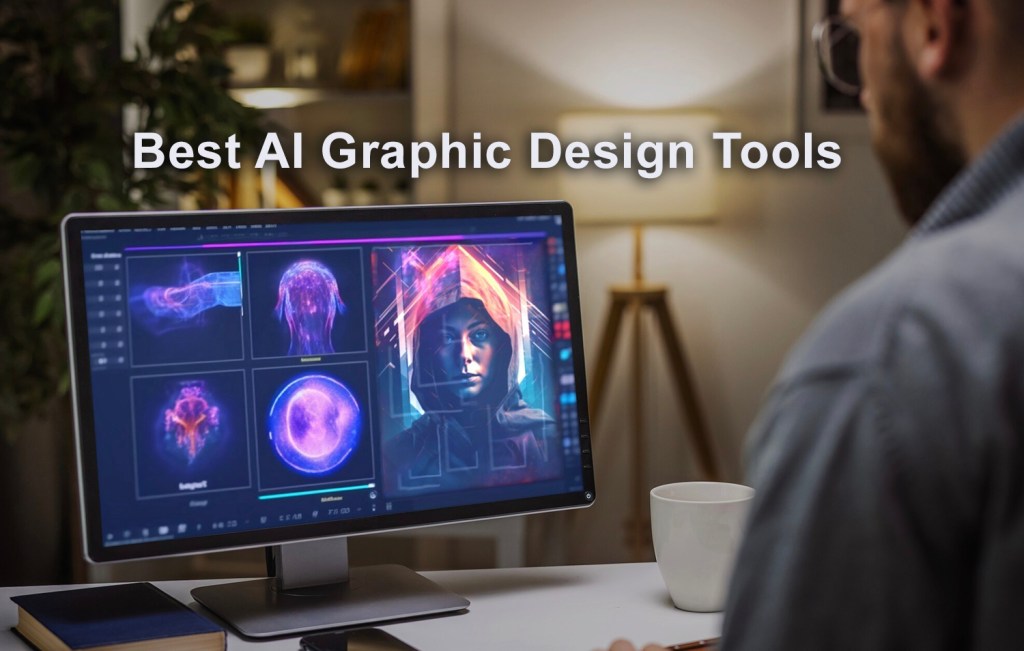
In the ever-evolving world of graphic design, artificial intelligence (AI) is making a significant impact by streamlining numerous creative processes and changing the way designers manage their work. AI-powered tools have been developed to tackle various aspects of design, from ideation and inspiration to the generation of specific elements, ultimately saving time and enhancing productivity.
These AI-driven tools offer a wide range of features that cater to diverse design requirements. Their capabilities span from creating logos and website layouts to assisting with content creation and marketing strategies. As a result, designers can focus their energy on creative aspects instead of repetitive tasks, leading to a more efficient workflow and, in turn, increased job satisfaction.
Key Takeaways
- AI graphic design tools revolutionize the creative process by saving time and enhancing productivity.
- These tools cater to various needs, including creating logos, and website layouts, and assisting in content creation.
- With AI-powered design tools, designers can spend more time on creativity instead of repetitive tasks.
Understanding AI in Graphic Design
Evolution of AI in Design
Artificial Intelligence (AI) has been steadily integrating into various industries, and the field of graphic design is no exception. The evolution of AI in design dates back to the development of algorithms that can generate patterns and visuals.
With time, AI’s capabilities have surpassed pattern generation, and it now includes more advanced tasks such as image processing, color scheme generation, and layout design.
Machine learning, a subset of AI, has further expanded the possibilities by automating repetitive tasks and providing insights into user preferences and behavior. This has allowed graphic designers to utilize AI-driven tools to enhance their creativity and improve their workflow, providing time for more focused creative processes.
Influence of Machine Learning and GANs
Machine Learning (ML) and Generative Adversarial Networks (GANs) have been instrumental in the growth of AI in graphic design. ML enables AI to learn from data, recognize patterns, and make predictions, while GANs facilitate the creation of realistic and high-quality visuals.
GANs consist of two neural networks: a generator and a discriminator. The generator creates new images, while the discriminator evaluates them for authenticity. Through iterative competition, GANs improve the quality and realism of the generated images. This technology has been pivotal in shaping generative AI in graphic design, resulting in highly customizable and visually appealing designs.
AI for graphic design utilizes ML and GANs to create a range of features, including:
- Image editing: AI can help in refining images, performing tasks such as cropping, resizing, and adjusting color balance, ultimately enhancing the visual appeal.
- Automatic layout generation: AI-driven tools aid in creating personalized layouts, and adjusting elements according to user preferences and trends.
- Typography and font selection: AI algorithms can analyze and suggest suitable fonts based on design context and visual aesthetics.
- Color scheme generation: AI can analyze an image or a design and generate harmonious and appealing color schemes, streamlining the design process.
Incorporating AI in graphic design has opened new horizons for designers, enabling them to create more innovative and tailored designs without compromising quality or time. The combination of AI, machine learning, and GANs has revolutionized the capabilities of graphic design tools and will continue to shape the industry’s future.
Canva

Canva is a popular online design tool that recently integrated AI features to simplify graphic design tasks. With an extensive library of templates, fonts, and images, Canva provides a user-friendly interface for creating designs ranging from social media posts to presentations. The tool’s AI algorithms guide users to make design choices that enhance their work’s visual appeal.
Uizard
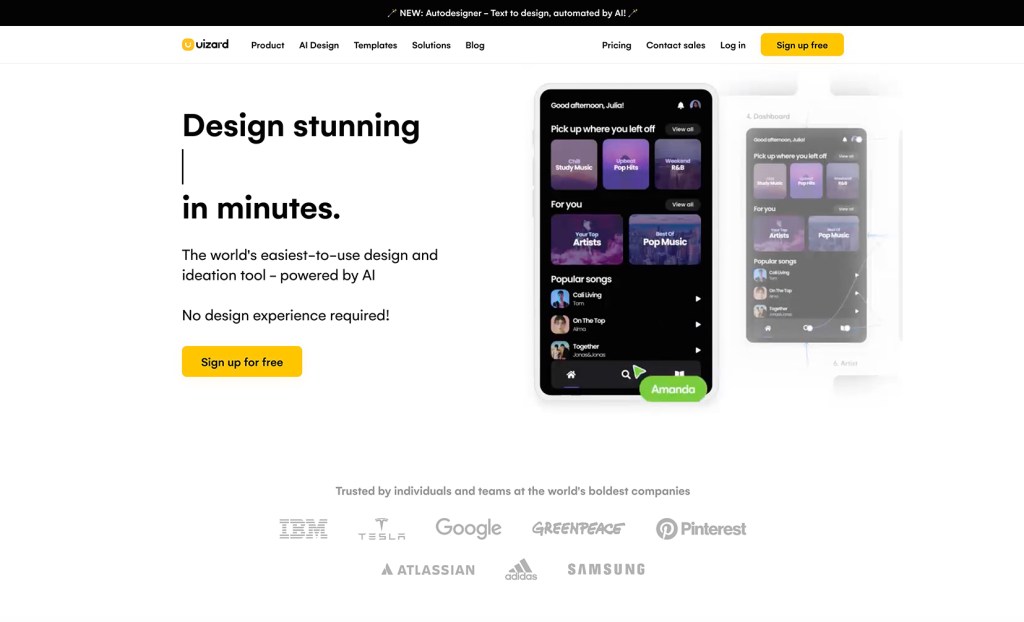
Uizard is an AI-based design tool that turns hand-drawn sketches into digital design files. It’s particularly useful for app developers and designers, allowing them to quickly create wireframes, mockups, and prototypes. Uizard’s AI algorithms recognize shapes and symbols, transforming them into functional design elements.
Khroma
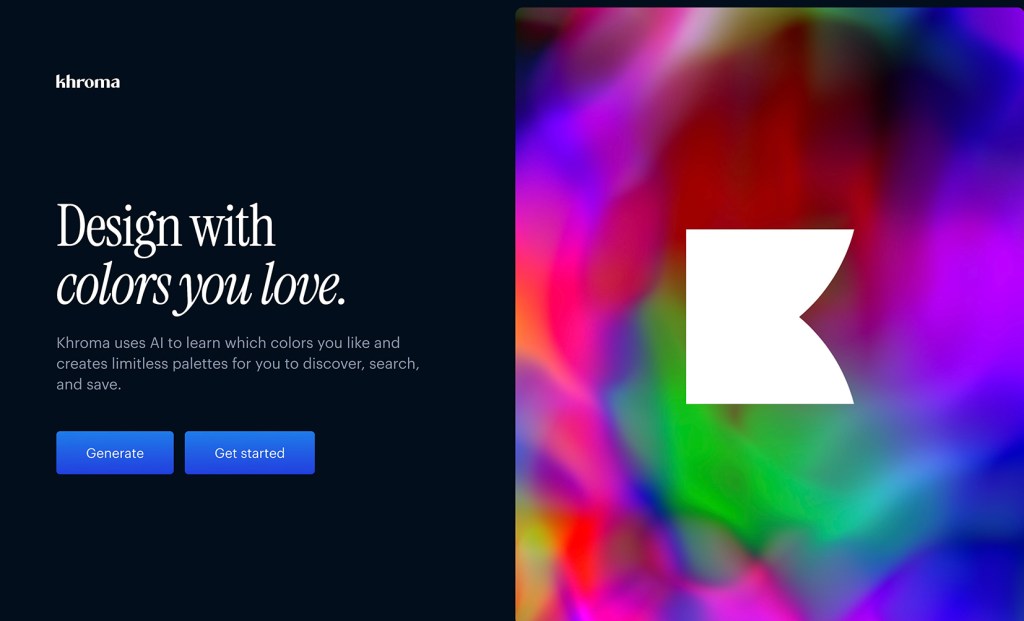
Khroma is an AI-powered color tool that helps designers find complementary color schemes. By learning each user’s color preferences, Khroma generates personalized color palettes while ensuring color harmony. It’s a valuable tool for designers to create visually appealing and consistent designs.
Adobe Firefly
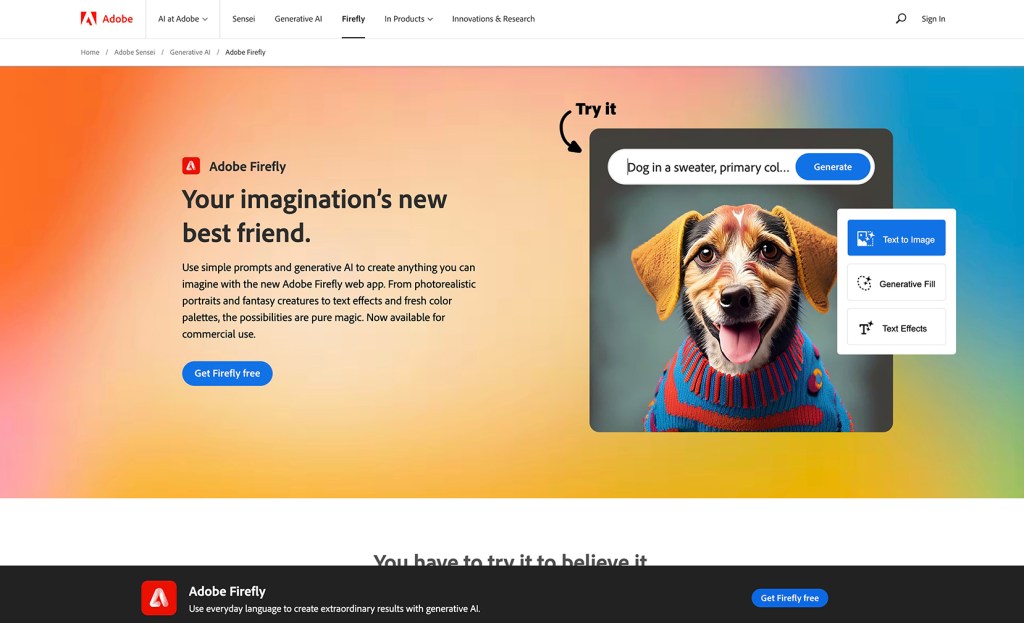
Adobe Firefly is an AI design tool that streamlines various tasks in the design process. By leveraging machine learning algorithms, Firefly enables users to perform functions like image editing, background removal, and object selection with greater accuracy and speed, allowing designers more time for creativity.
Jasper.ai
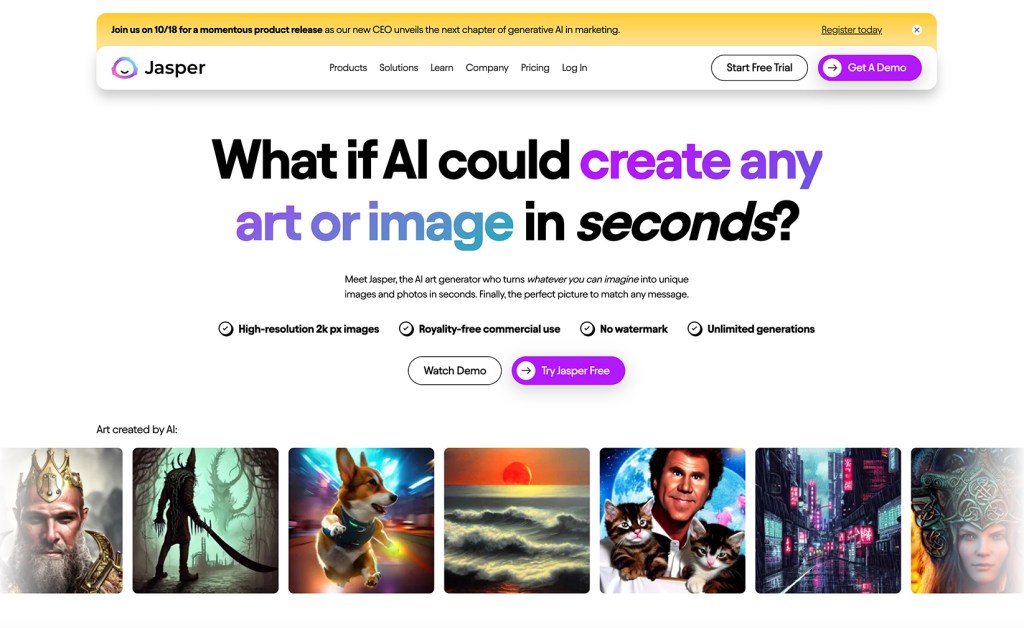
Jasper is an AI-powered art generator that assists in creating unique visuals for various projects. Using AI models, Jasper generates designs according to selected styles and themes. This tool helps designers create visually engaging content tailored to specific requirements quickly.
Looka
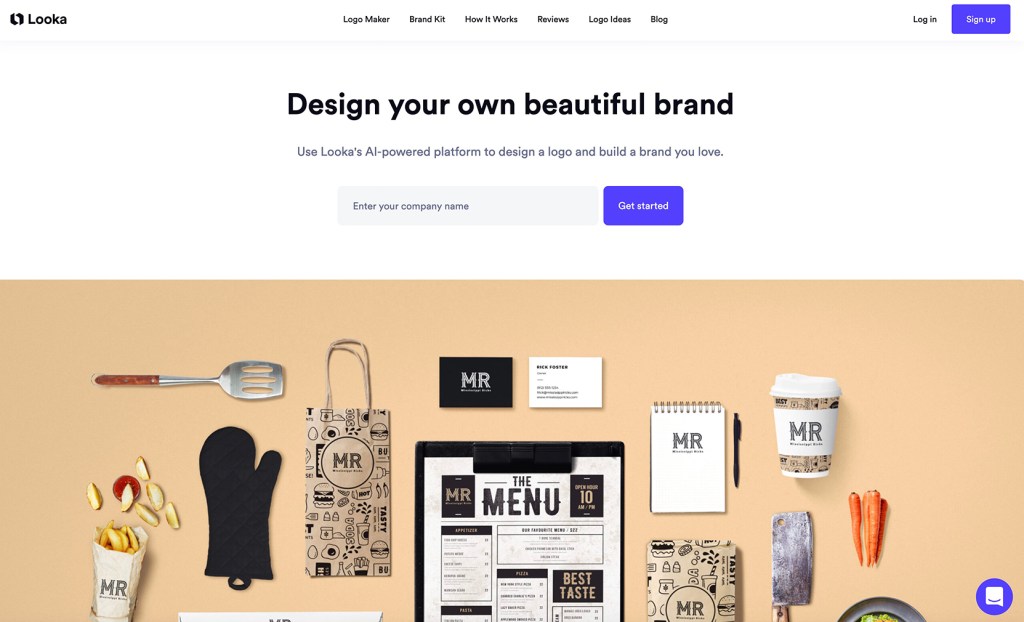
Looka is an AI-powered logo maker that streamlines the process of designing distinct and professional logos. By inputting a few keywords, Looka generates logo concepts and allows users to customize them further to create an emblem that represents their brand.
Fronty
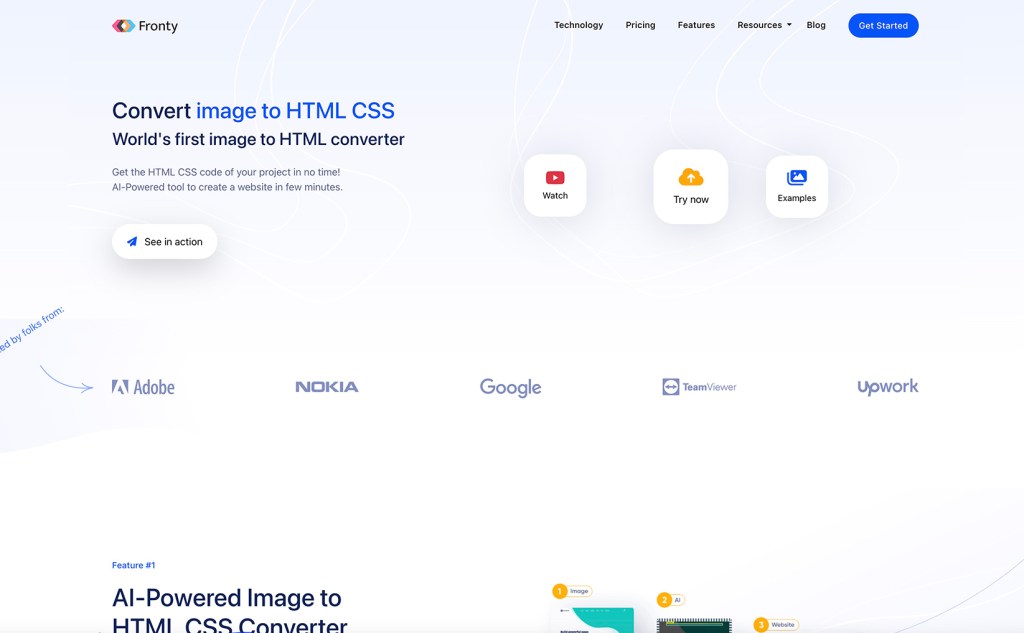
Fronty is an AI design tool that automates the process of converting website designs into HTML and CSS code. It enables designers and developers to create responsive, SEO-optimized websites with less effort, streamlining the web development process.
Designs.AI
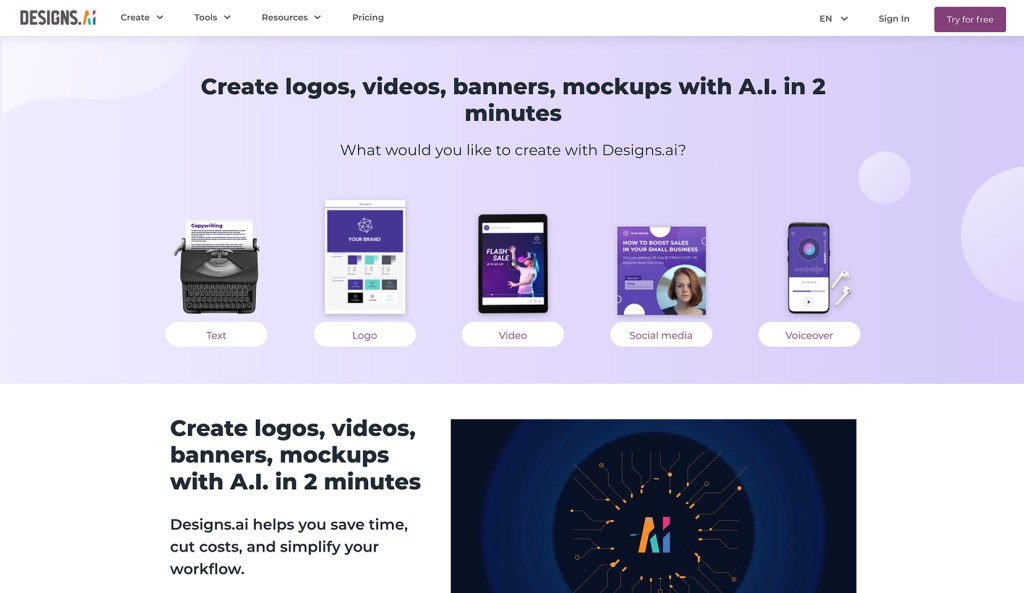
Designs.AI is a suite of AI design tools that cater to various aspects of graphic design, including logo creation, video creation, and text generation. Leveraging AI algorithms, these tools simplify the design process and empower users to create visually appealing content with ease.
Dreamstudio
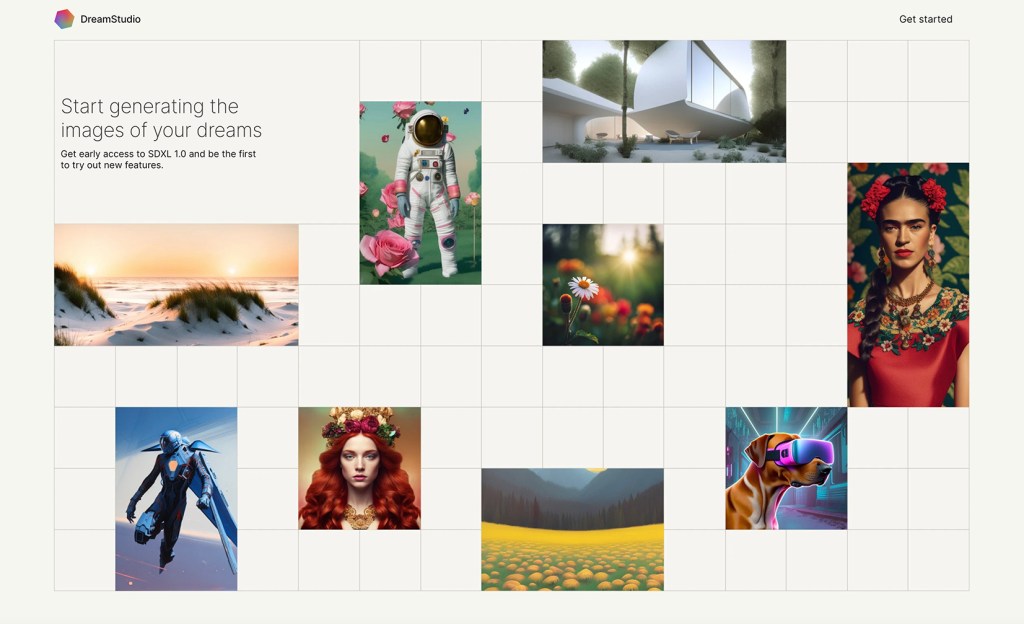
Dreamstudio is an AI-driven design tool that helps users create stunning graphics and visuals in real-time. With a variety of templates, images, and editing features, Dreamstudio enables ease of use while harnessing the power of AI to enhance the design process.
Autodraw
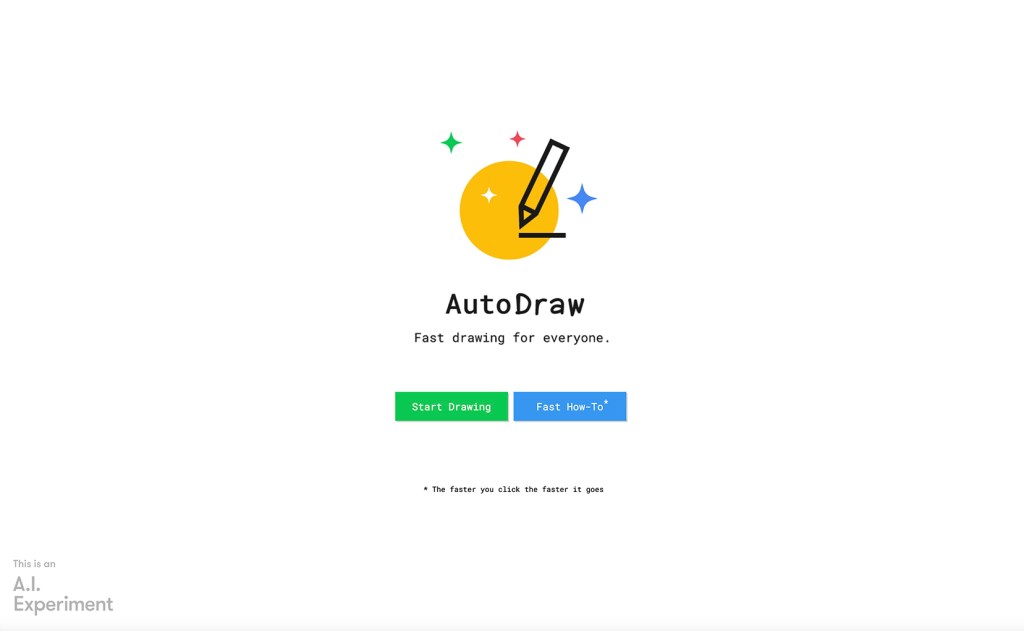
Autodraw is a free AI-powered design tool that provides a simple interface for converting rough sketches into polished vector drawings. By recognizing rough shapes and lines, Autodraw makes it easy for users to create clean and crisp digital illustrations.
Adobe Sensei
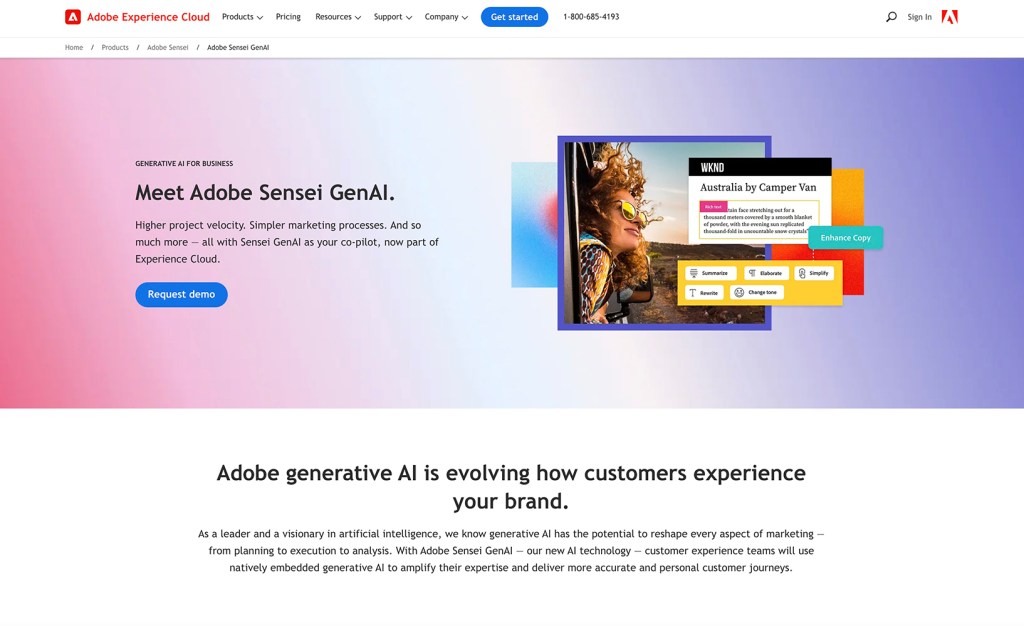
Adobe Sensei is an AI and machine learning framework integrated into Adobe’s Creative Cloud suite. With its advanced algorithms, Sensei helps designers streamline tasks like photo editing, object selection, and background removal, enabling them to focus on creativity and innovation.
Template Availability
AI graphic design tools offer a wide variety of templates to choose from, making it easier for users to create designs quickly and efficiently. These templates can be customized to suit a specific design style, industry, or branding, with a user-friendly interface allowing easy edits and adjustments. Users can select templates for various purposes, such as social media graphics, web design, or print materials.
Workflow Automation
One of the key features of AI graphic design tools is their ability to automate repetitive tasks and streamline the design process. Users can take advantage of text to image functionality, allowing them to convert written content into visually appealing designs. Additionally, powerful text effects and layers management help speed up the overall workflow and provide an efficient design experience.
AI Image Generators
AI-powered image generators can create completely new images based on user input, style preferences, and content requirements. These generators make use of machine learning algorithms to understand patterns, colors, and layouts, resulting in unique images tailored to users’ needs.
Stable Diffusion
Stable diffusion plays a crucial role in AI graphic design tools by ensuring that generated images are visually appealing and consistent throughout a project. It achieves this by balancing various design elements, including color selection, shapes, and composition, to create a harmonious aesthetic that is visually pleasing and effectively conveys the intended message.
Intuitive Interface
A well-designed, intuitive interface is essential for the user experience of any AI graphic design tool. Such interfaces allow users to navigate through the features easily and efficiently, even if they have limited design knowledge. Design tools with intuitive interfaces help reduce the learning curve and enable users to focus on actual design tasks, rather than struggling with complicated software.
Background Removal
Background removal is a feature that allows users to separate primary subjects in images from their backgrounds. This can be particularly useful for creating clean product images or for incorporating a subject into a new design seamlessly. AI-powered tools excel in background removal by using machine learning algorithms to detect and isolate objects within an image accurately, resulting in a professional outcome.
Boosting Creativity and Productivity
AI design tools have the potential to enhance both creativity and productivity in the field of graphic design. By automating repetitive tasks, designers can focus on more strategic and innovative aspects of their projects. AI algorithms can provide inspiration by generating unique color schemes, typography, and layouts. This can speed up the design process and allow for exploration of new ideas and concepts, ultimately resulting in higher-quality work.
However, it is important to not solely rely on these tools for creativity, as doing so might lead to stagnant and less diverse designs. Designers should utilize AI tools as complementary resources, while still leveraging their own creative instincts and core design principles.
Economic Efficiency
AI design tools can offer significant cost savings due to their optimization capabilities. By streamlining repetitive tasks, they can save time and effort, ultimately reducing the overall cost of design projects. These tools are also often available at affordable prices or even free of charge, making them accessible to designers at all levels.
One potential downside is that increased efficiency could potentially threaten the employment of some designers. As AI tools become more advanced and ubiquitous, there may be a push for businesses to replace full-time staff with cheaper and more efficient AI-focused solutions. While automation may increase overall efficiency, its potential impact on job security should not be overlooked.
Limitations and Concerns
Despite the numerous benefits that AI design tools can provide, they are not without limitations. Some available tools may not be sufficiently advanced to handle complex design tasks or interpret nuanced user inputs accurately. Additionally, reliance on AI-generated designs may result in a lack of diversity and creativity, as the tool may lean towards generating designs only based on patterns and trends found in its dataset.
Privacy and intellectual property concerns might also arise with the increased use and storage of user-generated designs by AI software platforms. Ensuring that designers’ work is protected and their personal data remains secure will be crucial as AI continues to expand in the design industry.
In conclusion, while AI design tools offer many advantages, it is essential for designers to be aware of potential limitations and concerns. Using these tools in combination with human creativity and expertise will lead to the most successful outcomes in the world of graphic design.
Logo and Website Design by AI
Brand Identity Creation
AI-driven logo design tools have made it increasingly simple to come up with unique and professional logos for businesses. Looka Logo Maker is one such tool that rapidly creates 75 logo options, providing access to over 300 fonts and styles. It’s not only efficient but also user-friendly, offering a wide variety of choices without overwhelming the user.
Another powerful AI logo generator is DesignEVO, with over 10,000 logo templates and millions of vector graphics. This tool provides users with extensive customization options and supports various file formats like SVG and PDF.
In addition to logo generation, some AI tools offer complete brand identity creation. For instance, Wix Logo Maker aids businesses in building their brand by guiding users through the process of selecting color schemes and styles that suit their brand’s personality and industry.
Web Page Design and Prototyping
When it comes to website design and prototyping, AI-powered tools can significantly enhance user interfaces and web pages’ overall appearance. MidJourney, an innovative design tool, employs AI algorithms to analyze design preferences and generate comprehensive UI design templates. This type of technology facilitates the creation of visually appealing layouts while minimizing guesswork.
Uizard is another noteworthy AI graphic design tool that assists users in creating fully functional prototypes and wireframes for web pages. By using AI, Uizard streamlines the entire design process, allowing designers to focus on perfecting their ideas rather than fumbling with complex software.
Similarly, Adobe Firefly stands apart by incorporating AI into its flagship product for graphic design. This tool enables users to add visual elements to their designs with simple text prompts, making it an efficient and intuitive choice for website design and prototyping.
In conclusion, AI-driven graphic design tools have revolutionized the industry by streamlining logo creation, brand identity development, and web page design and prototyping. By leveraging the power of artificial intelligence, designers can now create more unique, coherent, and visually appealing designs with greater ease.
AI in Content Creation and Marketing
Creating Visual Content
AI has become a powerful force in content creation as it enables marketers and designers to develop visually compelling creative assets efficiently. Through AI-based graphic design tools, users can generate high-resolution visuals for various commercial projects, which adds value to their marketing efforts. These tools, such as Fotor, Jasper AI Art Generator, Adobe Firefly, and Canva, not only simplify the designing process but also produce visually striking content compatible with a video editor.
Moreover, AI-driven design software allows marketers to develop visual content that is easily adapted to various platforms and mediums. Users can create unique, personalized visuals to captivate their audiences and enhance their marketing campaigns.
Integrating AI in a Marketing Strategy
The incorporation of AI in marketing strategy elevates content creation capabilities and drives more effective marketing initiatives. AI content creation tools like ClickUp, Narrato, and Lately help marketers and designers streamline their content production process by automating various tasks, such as generating topics, creating outlines, and text composition.
Employing AI tools also enables marketers to analyze their target audience’s preferences and tailor their visual content accordingly. This hyper-personalized approach to content creation improves engagement and brand loyalty, leading to successful marketing campaigns.
In summary, the use of AI for content creation and marketing strategy optimization has the potential to improve efficiency, target audience engagement, and campaign outcomes. The combination of AI-driven graphic design tools and AI-based content platforms empowers marketers and designers to create visually dynamic creative assets to align with their overall marketing objectives.
User Reviews and Pricing
Customer Feedback
Users of AI graphic design tools have expressed their satisfaction with various aspects of these applications. Clients appreciate the intuitive user interface and time-saving features of popular tools like Adobe Firefly and Canva. AutoDraw, another useful tool, has received praise for its ability to transform sketches into professional drawings effortlessly.
Many users mention that tools like MidJourney and Uizard have streamlined their design process by providing interactive components and easing collaboration among design teams. Furthermore, applications such as Topaz Labs and Khroma have captured the designers’ attention with their unique color scheme generation and image enhancement capabilities.
Pricing Models
The pricing for AI graphic design tools varies depending on the features and capabilities offered by each application. Here are some pricing examples for a few popular tools:
- Adobe Firefly – Pricing details for Adobe Firefly are not publicly available, but it’s likely to follow Adobe’s typical subscription model, offering monthly and yearly plans for individual users and businesses.
- Canva – Canva offers a free plan with limited features, a Pro plan at $9.95 per month (billed yearly), and an Enterprise plan at $30 per month (billed yearly) for large teams and organizations that require advanced features and priority support.
- Uizard – Uizard offers a free plan with basic features, a Starter plan at $19 per month, a Pro plan for $49 per month, and a Team plan for $99 per month with various additional features and custom options for team collaboration.
- AutoDraw – AutoDraw is a free tool provided by Google, and it doesn’t have any premium plans or features.
When choosing an AI graphic design tool, it is essential to evaluate the pricing model and the included features to determine the best fit based on the user’s needs and budget constraints.
Frequently Asked Questions
What are the top AI tools for graphic design?
There are several AI-powered tools for graphic design that have gained popularity in recent years. Some top choices include Adobe Firefly, MidJourney, Khroma, DreamStudio, Uizard, Canva, and Fotor. These tools offer various features and capabilities to cater to different design needs.
How do AI-powered design apps enhance creativity?
AI-powered design apps enhance creativity by automating and streamlining certain tasks, enabling designers to focus more on the creative aspects of their projects. These tools can suggest color schemes, generate design templates, and even create unique graphics, all based on user preferences. By providing quick insights and inspiration, AI-driven design tools can empower designers to explore new ideas and improve their skills.
What are the key features of popular AI graphic design tools?
Some common features of popular AI graphic design tools include automatic template creation, color scheme suggestions, logo generation, and image optimization. Additionally, many of these tools offer integration with other design software, making it easier to incorporate their AI capabilities into existing workflows. Overall, these tools are designed to improve efficiency and enable designers to create stunning visuals more quickly.
How does AI technology enable efficient graphical design processes?
AI technology enables efficient graphic design processes by automating repetitive tasks, providing design inspiration, and optimizing assets for various platforms. This allows designers to save time on mundane tasks and focus on the more creative aspects of their work. Furthermore, AI-driven design tools can improve collaboration between designers by providing insights and recommendations that can be easily shared and discussed within teams.
Which AI design tools provide free plans or trials?
Many AI design tools offer free plans or trials to users, allowing them to test out the software before committing to a paid plan. Some popular tools with free plans or trials include Canva, Uizard, and Fotor. However, it’s important to note that the features available in the free versions might be limited compared to the premium plans.
Can AI-driven design applications compete with traditional software?
While AI-driven design applications offer new and innovative features, they are not meant to fully replace traditional software. Instead, they work alongside existing tools to enhance and streamline the design process. Designers can benefit from incorporating AI-powered tools into their workflows, leveraging their unique capabilities to create more engaging and visually appealing projects. In the end, it’s up to the individual designer to determine the best combination of tools to suit their unique needs.